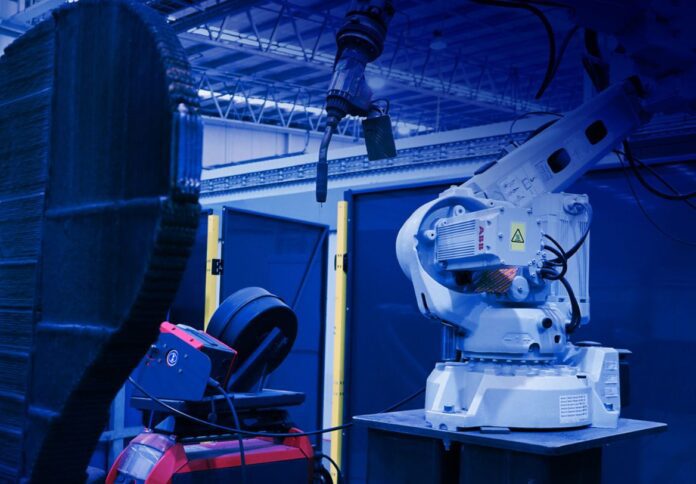
Australian metal additive manufacturing firm AML3D announced that its ARCEMY Wire Additive Manufacturing metal 3D printing equipment was sold to Curtin University, a public research university based in Perth.
The ARCEMY system will complement current small-scale R&D capabilities at Curtin’s new additive manufacturing micro factory facility, as revealed in an ASX announcement from AML3D.
The sale, valued at $1 million, is consistent with AML3D’s aim of growing the share of its revenue generated by ARCEMY system sales.
As part of the deal, AML3D will offer software licencing and technical support for three years.
Three payments, starting with the reception of the purchase order and continuing until delivery and installation of the new system, are anticipated as payment for the sales.
The transaction supports the expansion of cutting-edge 3D wire additive manufacturing at top research and educational institutions, which is essential for upgrading Australia’s defence manufacturing capabilities.
Additionally, the Curtin Microfactory will serve as a satellite R&D platform for AML3D to show the capabilities of ARCEMY to potential clients in the mining, agriculture, oil & gas, and defence maritime sectors of Western Australia.
AML3D Interim CEO Sean Ebert expressed his delight to be able to support Curtin University in increasing its wire additive manufacturing capabilities with the purchase of the system.
“This sale represents AML3D delivering against its strategic objectives and is an excellent opportunity to partner with Curtin to expand the applications for our Wire Additive Manufacturing technology in Australia and globally,” Ebert remarked.
The AML3D CEO said the team is excited to work with Curtin on research that will improve the capability of ARCEMY systems for its clients, particularly those in defence and maritime.
In the longer term, Ebert said the research program should help to position AML3D to profit from a predicted increase in defence production driven by AUKUS and other demand signals.
As part of a separate cooperation agreement, AML3D will work with Curtin on a research program using the new ARCEMY technology and will contribute $100,000 annually over the course of three years to fund a full-time Research Fellow and a PhD candidate.
The research projects carried out under this partnership between AML3D and Curtin will concentrate on novel alloys and materials science with a slant towards the requirements of new defence customers using AML3D’s WAM-proven technology through multiple accreditations.




















